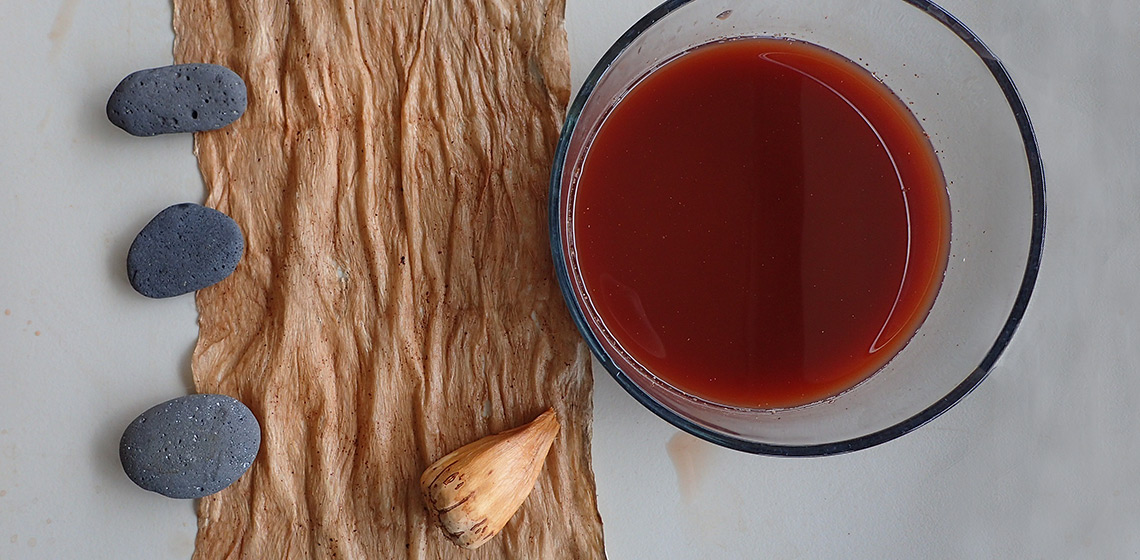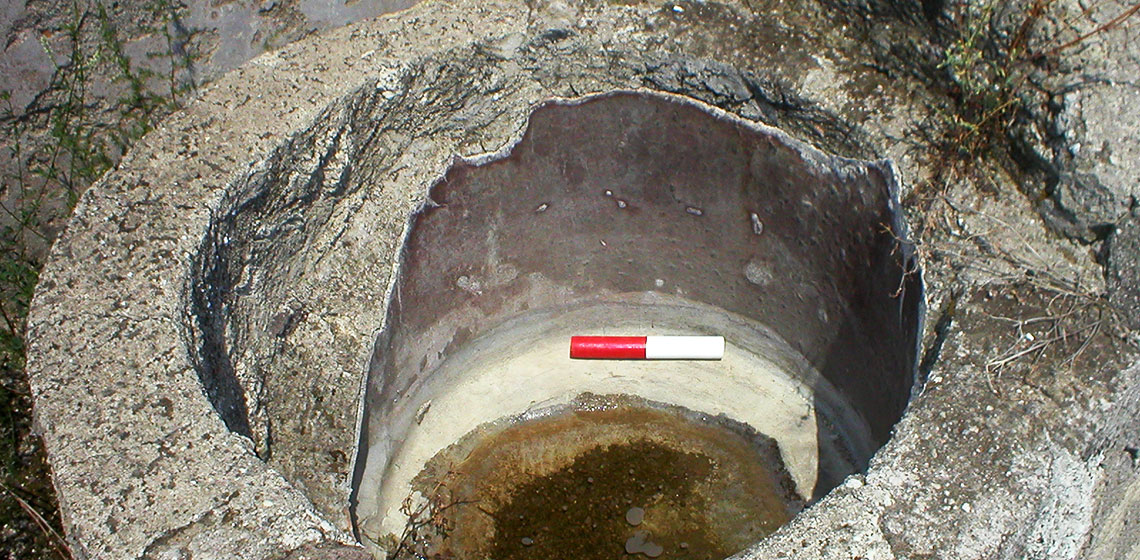dyeing
Dye
Plant or vegetable substance used to change the colour of something, for example cloth.
Investigating the Influence of the Kettle Material on Dyeing in the Industry of Pompeii
***Dyeing, especially in bright, intense colours, has been one of the methods used to embellish textiles and add to their value. A considerable dyeing industry can be shown to have existed in Pompeii. The city of Pompeii was destroyed in a volcanic eruption in AD 79, but its remains were preserved in situ...
Which colours did one have to ones disposal in the Iron Age and the Middle Ages (NL)?
In both eras, many colours were in use. Clothes were dyed, but houses as well and you name what more. The most difficult to get colours (dark ones) were also the most expensive ones...
Could they already weave textiles in the Iron Age (NL)?
Absolutely, textiles are already known from the Stone Age. In these areas, little is found (in sandy soils, this is not preserved that well), but there are many clues, like weaving weights, belts and pins et cetera. The surely still used animal furs but textile was in well use. The value of it was much more than today, however...
How did the people of the lake fortress dress (LV)?
Excavated material permits reconstruction of the dress of the people living on the island. Women wore long linen shirts with half-length or full length sleeves. Simple wraparound skirts were made from a rectangular piece of woollen fabric...
Did they really have such beautiful colours in the past (DK)?
Yes. From about the middle of the Danish Iron Age they began to colour their clothes in all sorts of colours. In the Early Iron Age, one had carefully sorted out the wool and made use of the natural colours of the yarn to create dice and striped patterns...

